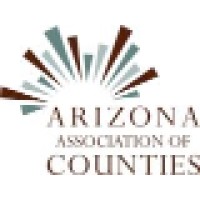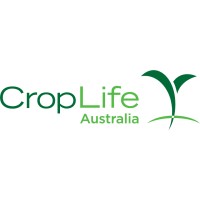
Arizona Association of Counties
The Arizona Association of Counties (AACo) is the only state organization that represents all county officials and the governments they serve in the State of Arizona. Founded in 1968, AACo provides essential services to the state's counties. AACo advances issues with the state and federal government, improves the public understanding of county government, assists counties in finding and sharing innovative solutions through education and research and provides value-added services to save counties and taxpayers money.






